
Anastasiya Mykhaylova is a visionary filmmaker whose multidisciplinary background in production design and directing allows her to craft deeply immersive cinematic worlds. With an eye for the metaphysical qualities of space and a storytelling approach rooted in magical realism, she seamlessly blends the emotional with the visual. Her work has been showcased at prestigious festivals such as Cannes, Slamdance, Palm Springs ShortFest, and Tallinn Black Nights, earning her a reputation as an artist who brings both poetic depth and meticulous craftsmanship to the screen. As she prepares to launch her production company, Courageous Donuts, in 2025, Mykhaylova continues to push the boundaries of visual storytelling, championing bold, character-driven films that challenge conventions. In this interview, she shares insights into her creative journey, the interplay between production design and directing, and her passion for exploring themes of grief, identity, and the extraordinary within the everyday.
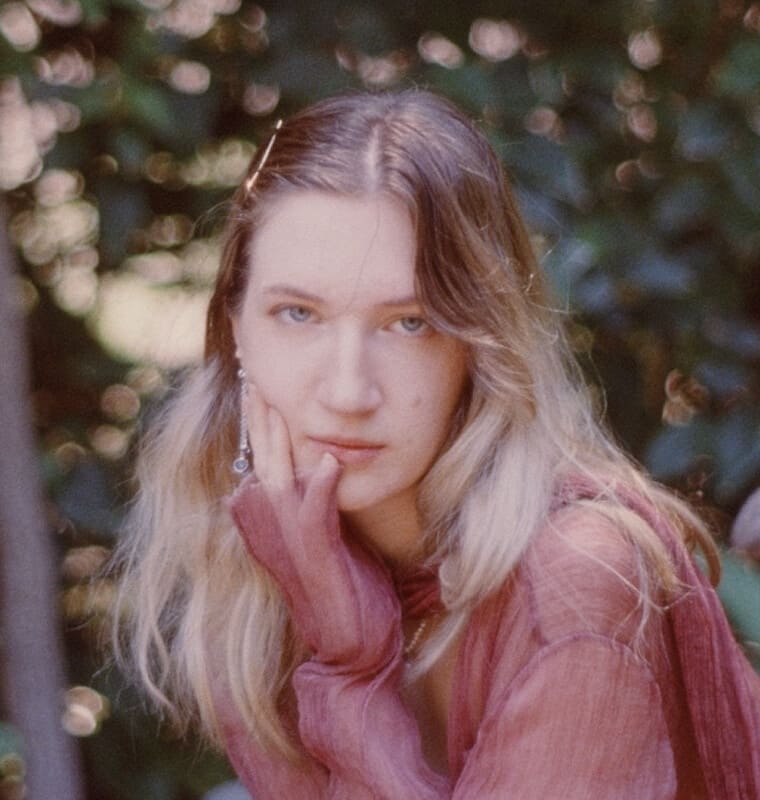
How has your unique journey – from production design to directing – shape your artistic perspective and approach to storytelling?
Production design and directing have an unlikely but surprisingly natural marriage. I’ve never been the best with words, so I was drawn to painting and photography early on in my life. In film school, I discovered production design as I’ve always been good at DIY and making things. But my interest in both directing and design meant they started informing each other.
Directing has changed the way I design. It’s made me more aware of characters and their psychology when shaping a space. But at the same time, production design has shaped how I approach directing, particularly in how I see environments as extensions of identity. I’m fascinated by the metaphysical qualities of space and the idea that a space can be a character. How an ordinary house can whisper, weep, and grieve… It’s emotions perceptible through cinematography. In my most recent short, Made from Leakproof Plastic, I explore grief through the metaphor of a persistently leaking fridge. I recently encountered a compelling term: anthropomorphism. It encapsulates my work perfectly. The way spaces, objects, and just anything non-human can embody emotion and elements of humanity.
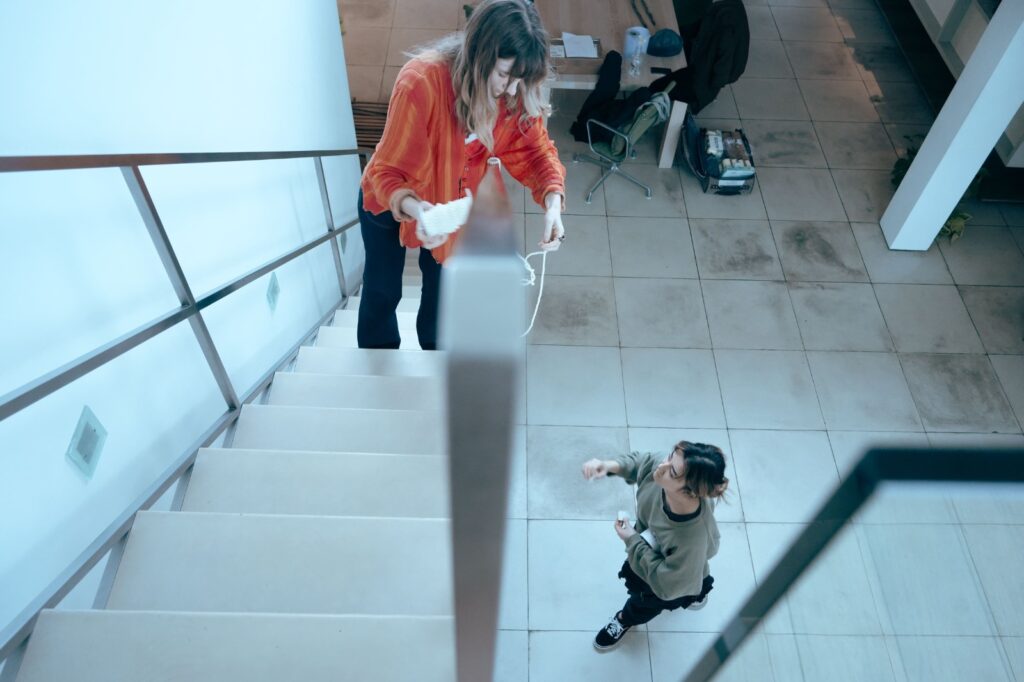
With films you’ve designed such as Praeis screening at Cannes Film Festival, Saving Art in competition at Slamdance and Palm Springs ShortFest, and The Bull at Tallinn Black Nights – along with Sparare Alle Angurie making waves at over 50 festivals, including BAFTA yugo and BSC Award nominations – how do you balance the responsibility of bringing a director’s vision to life while leaving your own artistic imprint?
I don’t feel like I’m balancing anything, because I’ve been lucky to work with exceptionally talented directors in environments where my voice is heard. People who have become close friends and, in many ways, my creative family. Many of them are multidisciplinary filmmakers with a deep understanding of various roles, which makes collaboration feel seamless. Rather than simply coming onto a project, designing, and leaving, I love the process of building something together. It’s an emotional experience and that shared creative journey is why I love making films. I prefer to be involved early in a project, during early location scouting, when production design can actively shape the script and cinematography.
With the film Sparare Alle Angurie, that collaboration was particularly strong. Working with Antonio Donato was incredible; his precision and trust made the process really rewarding. Given the film’s strict and symmetrical visual language, we had extensive recces to ensure every shot was meticulously crafted. It was a beautiful challenge to design for the frame while also engaging in deep discussions about the backstory and psychology of the characters. I was even involved in the grade which is very rare for a PD. It was a fantastic collaboration.
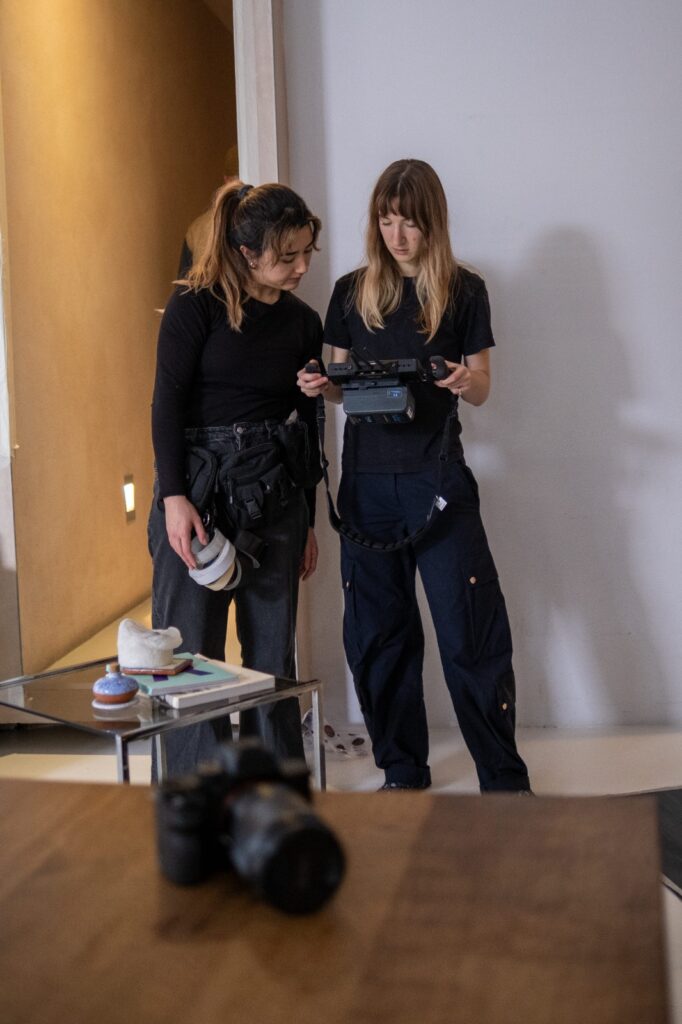
Fantasy, folklore, and magical realism are central to your directorial work. What draws you to these elements, and how do you weave them into your storytelling?
I think it comes from growing up in Ukraine, where pagan traditions and folklore are deeply woven into the culture. I’ve always believed in everyday magic. The intersection of the supernatural and the ordinary. And, of course, I grew up on David Lynch’s films. That probably says it all. Magic and David Lynch.
Aside from magic, I also really love exploring other languages/accents in my filmmaking. Being an a foreigner myself and now living in England, I’ve become fascinated by stories of outsiders in English-speaking countries. The different languages and accents…. There’s something about stories where the character has that added layer of being from somewhere else that I love!
We’re so accustomed to British and American accents in film and TV, but my own experiences living in Canada and England were vastly different. I’m surrounded by a variety of accents every day, and to me, that’s a more honest and real reflection of the world.
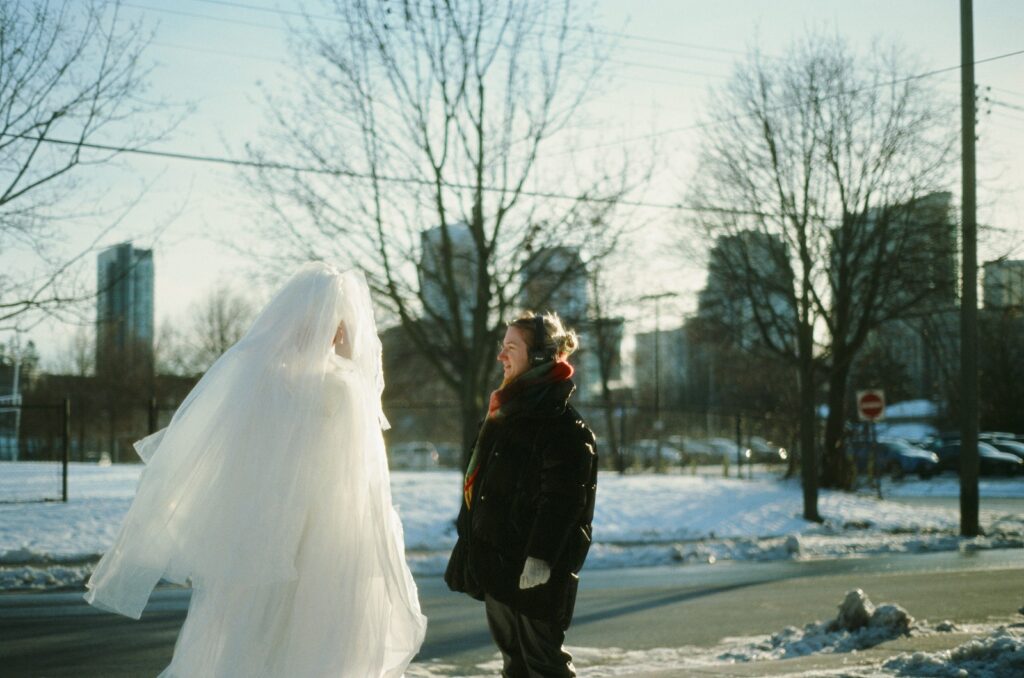
Your debut short, Made From Leakproof Plastic, explores themes of loneliness and grief. What was the emotional core of this story for you, and how did you bring it to life visually?
I wrote this story after the passing of my grandfather as a love letter to him, my grandmother, and their relationship. After he passed, our house seemed to carry remnants of his soul. The lights would flicker, animals would visit our porch… It felt as though he was still here. That’s why the film is so rich with magical realism. Grief has a way of presenting such unexplainable things that make you believe in the soul. That’s the essence I wanted to capture.
We shot the film in Toronto. It was essential to the story that the two characters came from Ukraine, having built this home together. Being two foreigners they found comfort in each other. And now that one has passed, the other must learn how to navigate the world without him.
This was a deeply personal story for me, and having trusted heads of department made all the difference. Many of the crew came from England to support the film. The producer, Patrick Verlin, is an old friend and close collaborator – an incredible driving force behind this production. The film simply wouldn’t exist without him. We’re also launching our production company together and have previously collaborated on The Bull, Sparare Alle Angurie, and Thanks for Considering Me.
The cinematographer, Tamás A. Méder, is a dear friend who sees the world in such a beautiful and magical way. We’ve worked together before on Praies and The Bull. The production designer, Anna Abdullaeva, is someone I’ve worked with closely for years. She often art-directs when I take on production design, and we’ve collaborated on Saving Art and Praies. She is an incredibly talented designer and is one to watch!
Antonio Donato, the director of Sparare, also joined as DIT, script supervisor and one of the editors of the film. As you can see, there’s a lot of crossover within the crew from the films I’ve mentioned in previous questions, which speaks to how well we work together as a team, supporting each other wherever we can.
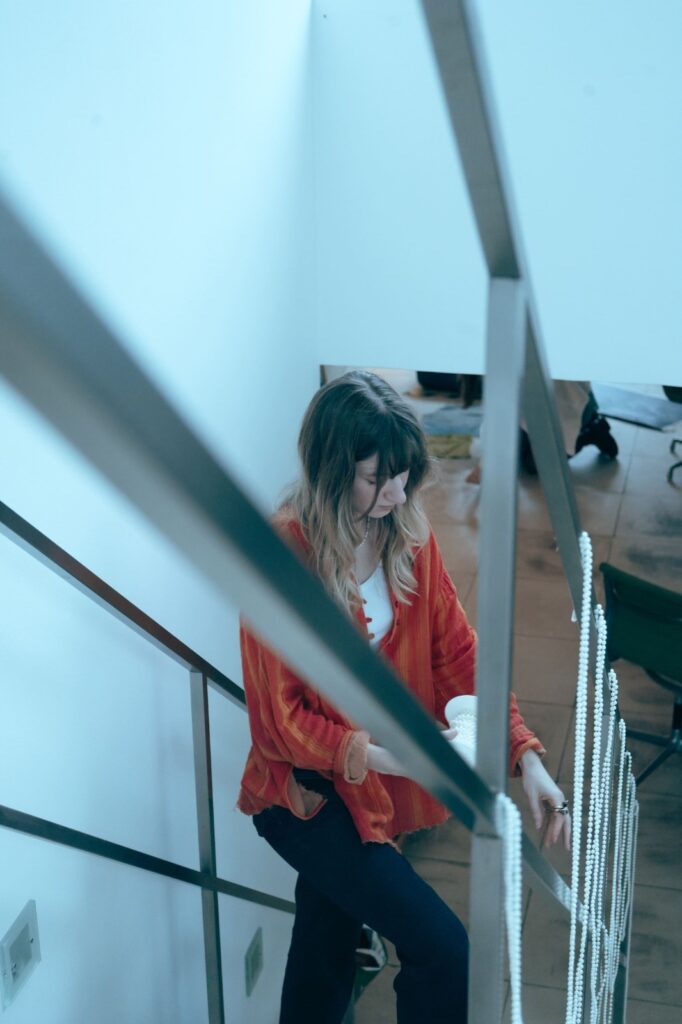
You mentioned you’re launching your production company Courageous Donuts in 2025. What kind of filmmakers and stories do you hope to champion through this new venture?
Yes, we’re launching Courageous Donuts with my creative partner, Patrick Verlin. With CD, our goal is to create bold, character-driven films that challenge visual language and take risks. We’re passionate about supporting emerging filmmakers and are looking for projects that are brave and unique. Regardless of genre. We have some very exciting things in store that we can’t wait to announce!
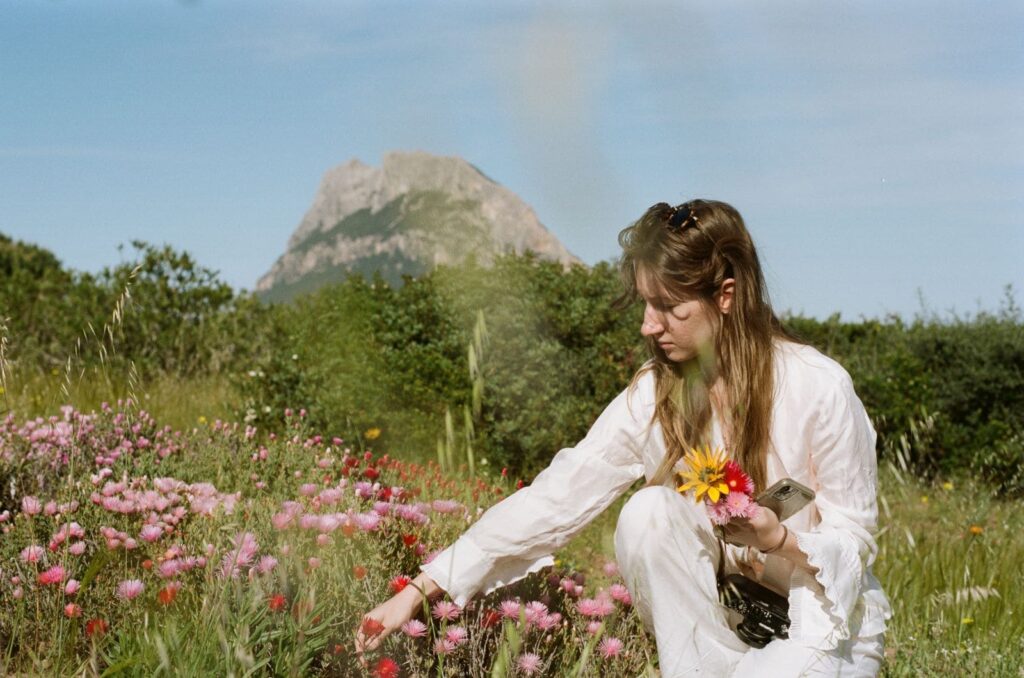
Production design often shapes a film’s emotional atmosphere as much as the script itself. Can you share a moment in one of your projects where the set design played a crucial role in storytelling?
In 2023, we shot a film titled The Bull, directed by my dear friend and collaborator, Victor Nauwynck. The film explores the life of a jaded married couple thrown into turmoil when a highly virile bull is brought onto their farm. While CYRIEL is obsessed with impregnating his cows to compensate for his own impotence, MARIE finds herself unexpectedly attracted to the bull.
Set design played a pivotal role in reflecting the emotional distance between the characters. We filmed on a farm in West Flanders, where the barn was a central location. We played around with textures: hay, rusty objects, moldy ladders, and dirt to create a backdrop that mirrored the characters’ emotional decay. The neglected space, with its torn plastic and spiderwebs, served as a physical manifestation of their emotional neglect. The space is raw, just like their relationship. It’s not a place of love, it’s a place of disorder. They don’t take care of the space, letting it decay with time. They neglected their surroundings just as they neglected their marriage, letting the old wounds rot away at their connection.
For the inside of their home, we converted an abandoned building into their living space. The home was minimalist, reflecting the couple’s lack of sentimentality. They are reserved, unable to share their feelings, so we designed the space to mirror that emotional distance. There are no family photographs, no preserved memories – just work. We wanted the interiors to almost feel desolate – maybe a place that was once a container for love, is now devoid of it. When doing the interior design of their home, we went for natural fabrics and monochrome color palettes which communicate loneliness by restricting the colour-scheme. This further isolates the characters, allowing them to be the singular focus within the frame within the singular wash of colour.
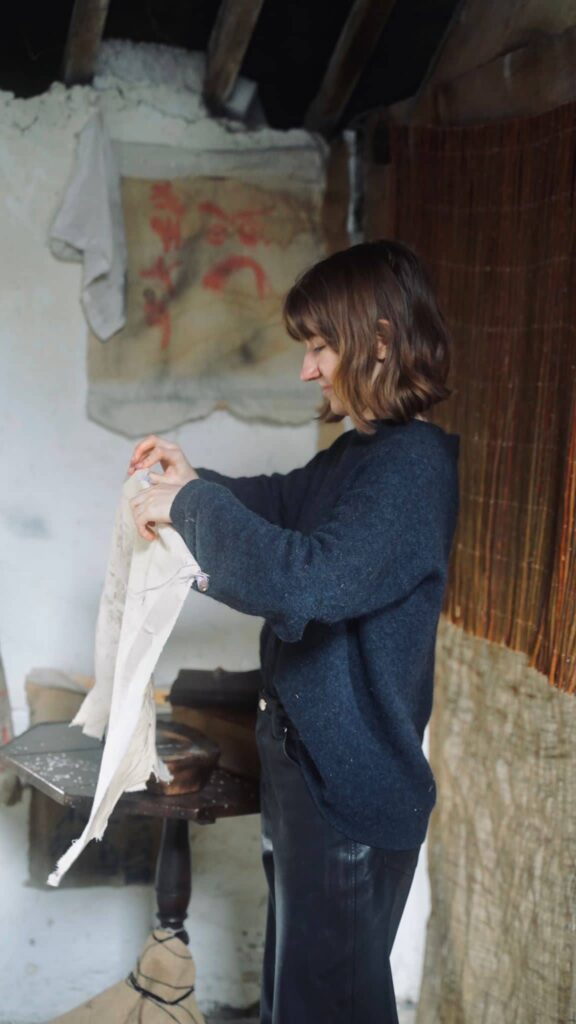
What’s next for you as a filmmaker—are there any dream projects or themes you’re eager to explore in the near future?
I’m currently working on a feature with the talented writer Daphné Bonneton. We’re currently focused on securing funding to bring it to life. It’s a psychosexual horror film. I am itching to bring it to life!
I’m also excited about a short film we just shot on 35mm, which I designed and creative produced. It’s called Thanks for Considering Me, directed by Patrick Verlin. Currently in post-production.
In addition, I’m working on a couple of other personal projects that I hope to get into production this year – along with launching Courageous Donuts!
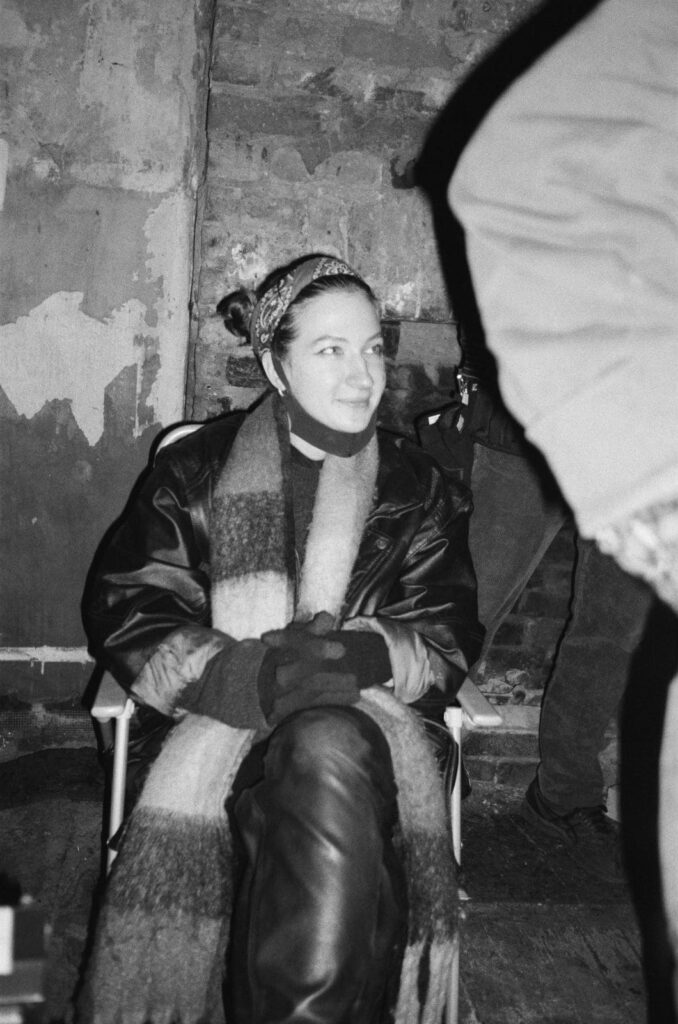

FilmmakerLife is proud to be a global team of dedicated professionals who are passionate about the world of filmmaking.